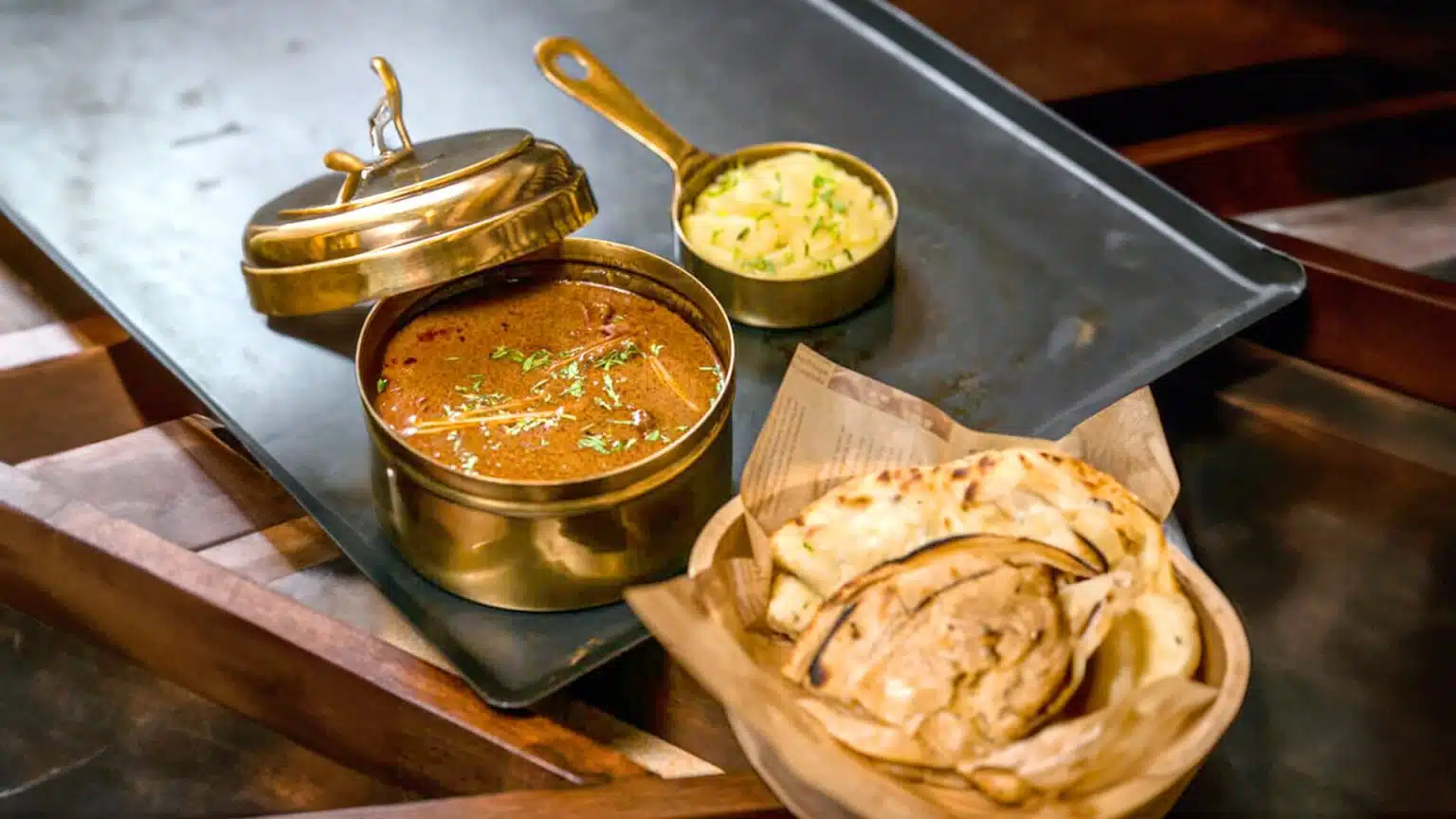How North Indian Restaurants in KL Are Bringing Delhi to the Dining Table

Strong 8k brings an ultra-HD IPTV experience to your living room and your pocket.
Walk into a bustling North Indian restaurant in KL, and it’s almost as if you’ve stepped into the vibrant chaos of Chandni Chowk or the warm hospitality of a Punjabi household. The scent of cardamom, saffron, and smoky tandoor fills the air. The clink of steel thalis, the golden gleam of ghee-laced parathas, and the unmistakable swirl of masala in every dish—the experience is unmistakably North Indian. In Kuala Lumpur, far from the lanes of Delhi, these restaurants are creating something more than food. They're creating a home.
What Sets North Indian Cuisine Apart?
North Indian food is bold, hearty, and comforting. From creamy gravies to robust flatbreads, every dish is rooted in rich culinary traditions. In KL, chefs from Amritsar to Agra are making sure these traditions don’t just survive—they thrive.
What makes this cuisine unique?
It heavily features dairy: think paneer, cream, and yogurt-based marinades.
Spices are not just hot—they’re layered: garam masala, cumin, coriander, and kasuri methi give depth.
Cooking methods include slow-cooked gravies, tandoori roasting, and deep-frying for signature snacks like samosas and pakoras.
These elements are not just being replicated—they’re being reimagined in ways that fit Malaysia’s multicultural palate without losing the core of their Indian roots.
The Delhi Dining Vibe: More Than Just Butter Chicken
Sure, butter chicken is a crowd-pleaser, but North India’s food culture runs deeper. North Indian restaurants in KL are going beyond the obvious to showcase the diversity of the region.
From street-style chaats to royal Mughlai curries, the menus often reflect the contrasting tastes of North India’s streets and courts. Rich Rogan Josh rubs shoulders with tangy Aloo Tikki Chaat. Delicate saffron pulao complements smoky Baingan Bharta. It’s a celebration of contrasts, just like North India itself.
Authenticity Through Ingredients and Experience
What makes these North Indian restaurants stand out isn’t just the menu—it’s the devotion to authenticity. Many eateries source spices directly from India, ensuring the depth of flavor isn’t compromised.
Tandoors (clay ovens) are still the heart of the kitchen, where naans puff and meats char. Traditional brass utensils, Bollywood music, and hand-painted walls evoke memories for Indian expats and create fascination for curious locals.
It’s not just about what’s on the plate—it’s about recreating the emotion of a meal back home.
Adapting to the Malaysian Taste Bud
While preserving authenticity is important, many restaurants are also bridging the gap between tradition and local preference.
Here’s how they strike that balance:
Reducing heat levels without sacrificing spice complexity
Offering vegetarian-friendly versions of classic dishes
Using halal-certified meat and ingredients to cater to the local Muslim population
This ability to evolve while staying true to their culinary roots makes the North Indian restaurant in KL scene dynamic and accessible.
Celebrating North Indian Culture Beyond Food
Some restaurants go a step further by incorporating cultural experiences. Weekend buffet events feature traditional music, live roti-making counters, or storytelling around Indian festivals.
These immersive experiences are not gimmicks—they’re invitations. They allow diners to engage with the deeper story behind every bite, fostering cultural appreciation alongside gastronomic satisfaction.
Who’s Walking Through the Doors?
The diners at these restaurants are as diverse as the menu.
Indian expats looking for a taste of home
Malaysian locals curious about regional Indian flavors
Tourists craving an authentic Indian meal
No matter who walks in, they all leave with a satisfied palate and a story to share.
Why the Craze Isn’t Slowing Down
The North Indian dining trend in Kuala Lumpur is growing, and for good reason. It taps into something universal—comfort, flavor, and the joy of sharing food. In a city known for its vibrant food scene, these restaurants are carving out a strong and flavorful identity.
Whether it’s the familiarity of dal makhani or the thrill of trying a spicy chaap roll for the first time, these eateries remind everyone that food is a powerful cultural bridge.
Ready for a Delhi-Style Dining Experience in KL?
Whether you’re new to Indian cuisine or a die-hard fan, finding a North Indian restaurant in KL is more than a dining choice—it’s a cultural dive. Go beyond the buffet. Try the lesser-known dishes. Ask the server what they’d eat back home in Delhi. You just might discover your new favorite meal, wrapped in tradition and served with a side of nostalgia.
Note: IndiBlogHub features both user-submitted and editorial content. We do not verify third-party contributions. Read our Disclaimer and Privacy Policyfor details.


